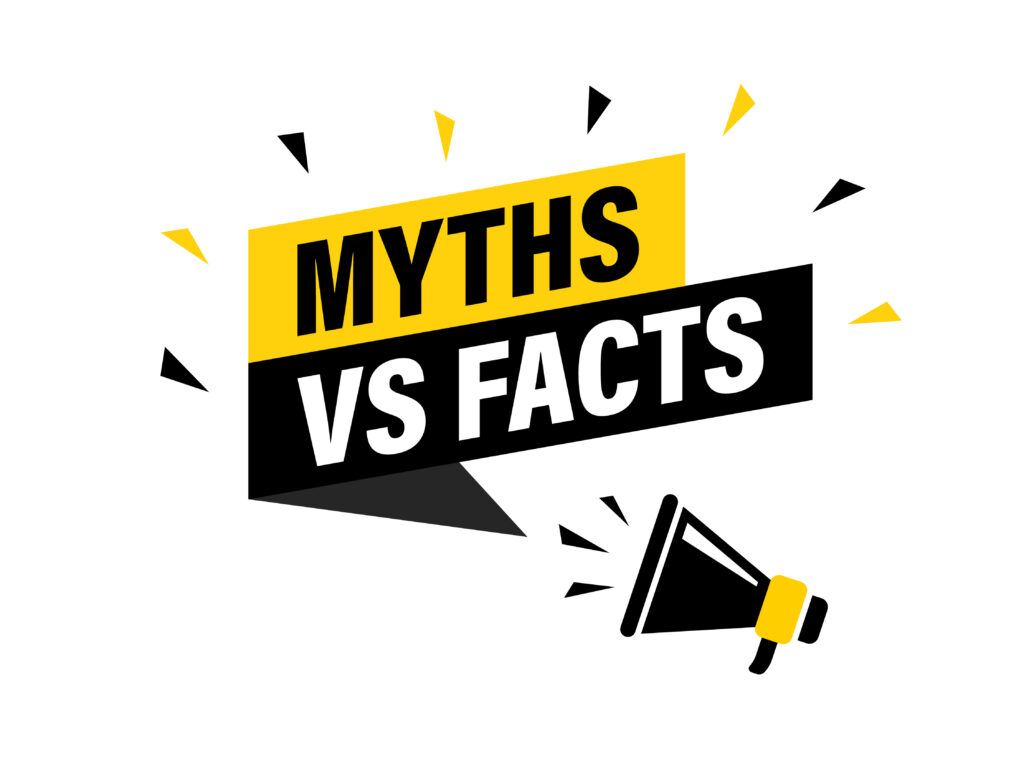
In President Biden’s March 1st State of the Union address, the opioid epidemic was discussed as one of four bi-partisan issues which the nation could unify. President Biden went on to explain strategies that can be done to combat the crisis of opioid use and overdose.
“There is so much we can do. Increase funding for prevention, treatment, harm reduction, and recovery.”
This is the first time the phrase “harm reduction” has ever been used in a state of the union address, and is a far, and very welcome cry, from the rhetoric of the failed War on Drugs that has been discussed in the past.
Since coming into office in 2020, President Biden has vowed to make harm reduction a central element in his drug policy agenda. Harm reduction is a public health approach that includes policies, programs, and practices that aim to keep people who use drugs healthy and safe rather than encouraging them to abstain.
Unfortunately, people across the country and even lawmakers in Washington don’t completely understand what harm reduction is or how it works. Some lawmakers have even gone as far as spreading falsehoods that the United States government is funding the distribution of “crack pipes” to minority communities.
In reality, the Department of Health and Human Services released a 75-page announcement for a harm reduction grant program. In this announcement, many different aspects of harm reduction were discussed. This includes how the proposal will “support community-based overdose prevention programs, syringe services programs, and other harm reduction services.”
It’s likely that the “crack pipe” myth came from a portion of the announcement that discusses the purchase of safe smoking kits and supplies as a harm reduction measure. However, pipes are not a part of what is included in these kits and the United States government does not support indirect or direct funding of pipe distribution.
According to White House press secretary Jen Psaki, kits will include materials that promote more hygienic smoking and decrease other health risks associated with drugs that are smoked. These health risks include sustaining cuts and injuries or contracting hepatitis and other pathogens. Materials that can be found in smoking kits are items such as alcohol wipes, antiseptic ointment, or filters.
Going Further to Bust Myths About Harm Reduction
The idea that the United States government is “giving out crack pipes” is not the first false idea about harm reduction that has been spread widely. Many people, especially within the treatment and recovery communities, still frown upon harm reduction due to the damaging belief that complete abstinence is the only way to effectively treat or combat substance use disorders.
Below are four other common misconceptions about harm reduction and an explanation as to why those ideas are simply not true.
Misconception #1: “Harm reduction encourages or enables drug use and other risky behaviors.”
This misconception often comes up in relation to syringe service programs, fentanyl test strip distribution, or safe injection sites. Harm reduction accepts the fact that some people choose to partake in risky behaviors, such as substance use. Harm reduction does not place any judgment on people for these behaviors, and instead offers methods for people to engage in these behaviors with less risk. That does not mean these behaviors are being promoted as being either “good” or “bad”. Harm reduction is simply saying these behaviors are happening and we can keep people from engaging in them in a dangerous or harmful way.
Misconception #2: “Harm reduction is replacing one addiction with another.”
This misconception is often touted around the use of medications for opioid use disorder (MOUD), such as methadone or buprenorphine. The terms “replacement therapy” or “substitution treatment” often help fuel this misconception. In many recovery communities, these medications are still often seen as a “crutch” and people who are on them are not seen as being fully in recovery. But the truth is that MOUD is now seen as being the “gold standard” for treating opioid use disorder, and has been found to be effective as standalone treatments. Unfortunately, the misconception that these medications do not fully support a life of recovery can often keep people who use them away from recovery communities, such as 12-step communities like AA and NA, and without a network of support.
Misconception #3: “Harm reduction measures, particularly the use of naloxone, is a waste of resources.”
Naloxone reverses opioid overdoses and saves lives. However, there is still a faction of people that argue arming police and emergency medical personnel with naloxone is a waste of resources and somehow “enables” people who use drugs to continue their use. There are numerous myths, specifically that the use of naloxone will encourage people who use drugs to participate in riskier drug use and even encourage them to overdose on purpose. But research has shown that naloxone does not result in riskier drug use and having emergency personnel, and even people who use drugs themselves, equipped with it helps prevent overdose deaths regularly.
Misconception #4: “The goal of harm reduction is eventual abstinence.”
The goal of harm reduction is to reduce preventable harms associated with substance use, including disease and death. While seeking abstinence is compatible with a harm reduction approach, complete abstinence is never the goal of harm reduction. Harm reduction aims to “meet people where they are”. If a person who uses drugs aims to become abstinent, they can be assisted by the harm reduction model to reach their goal. Harm reduction itself will never push a person who does not wish to become abstinent from substances into doing so.
With overdose deaths continuing to reach new highs every day, we cannot continue to allow loss of life to occur that can easily be prevented. Dispelling myths and educating United States citizens and lawmakers on what harm reduction truly is will help promote these programs and implement them in the communities where they are most needed.





